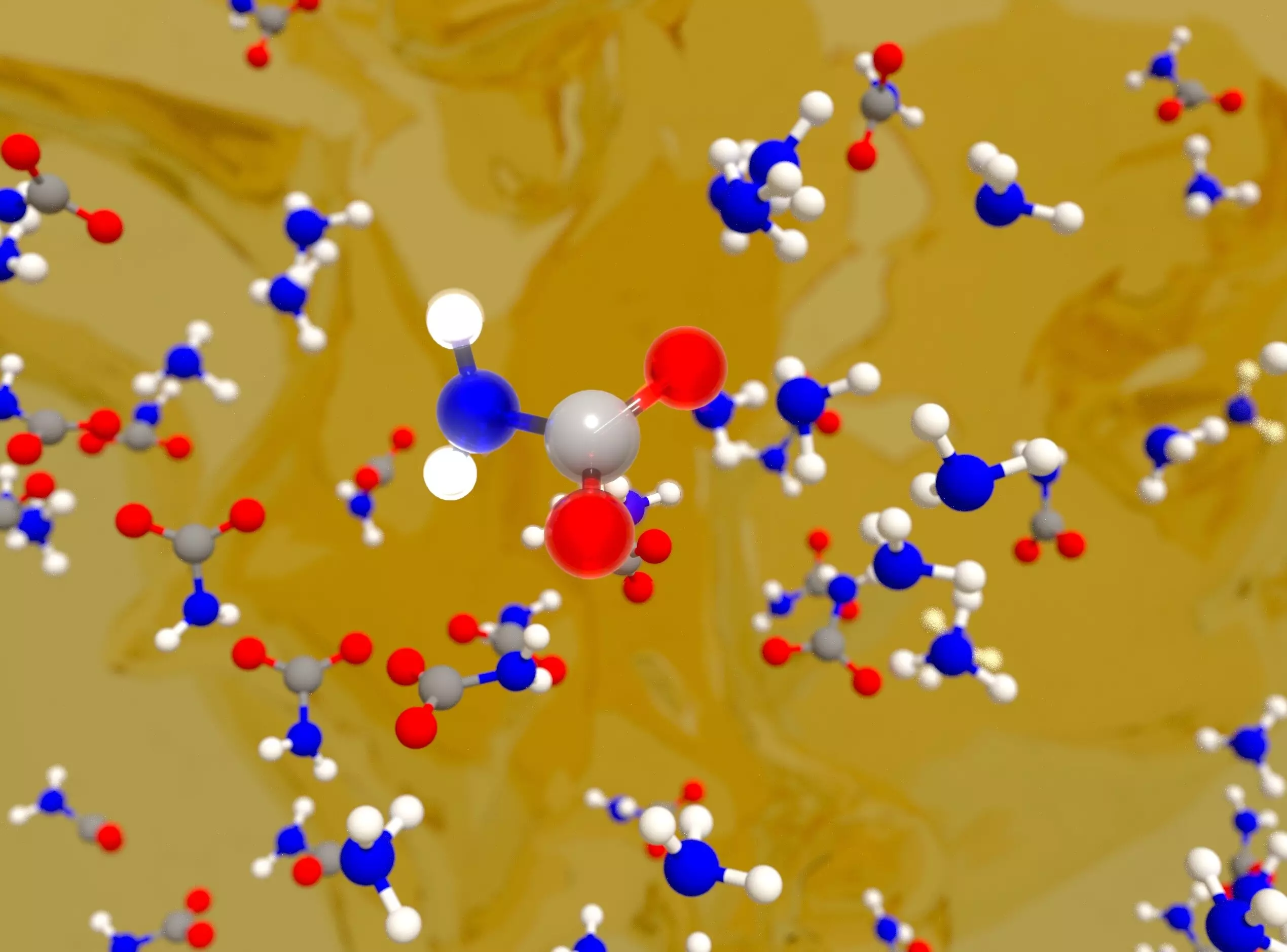As global temperatures rise and the effects of climate change become increasingly severe, the urgency to address carbon dioxide (CO2) emissions has never been more pressing. Despite monumental efforts to transition to renewable energy sources, projections show that by 2050, a significant portion of energy production in the United States will still rely on traditional non-renewable sources. This grim reality emphasizes the critical necessity for innovative technologies, not just in energy generation but equally in the capture and storage of CO2 emissions. The Lawrence Livermore National Laboratory (LLNL) has undertaken a groundbreaking project that utilizes machine learning to enhance the understanding and efficiency of CO2 capture, particularly through the use of amine-based sorbents, a technique pivotal for direct air capture (DAC) technologies.
Amine-based sorbents have emerged as an attractive solution for capturing CO2, demonstrating a remarkable ability to bind with this greenhouse gas even under ultra-dilute conditions. Their cost-effectiveness has opened doors for various companies to implement DAC technologies, evidencing a tangible route to alleviate the greenhouse effect. Nevertheless, significant knowledge gaps exist regarding the underlying chemistry involved in CO2 capture, particularly under conditions that closely simulate real-world environments.
The LLNL team’s machine-learning model aims to bridge these knowledge gaps by offering an atomic-level insight into the capture process. Their research highlights that when amines interact with CO2, a carbon-nitrogen bond is formed. This phenomenon represents just one aspect of a compendium of chemical reactions, including solvent-mediated proton transfer mechanisms, which are essential for creating stable CO2-bound species. Understanding these interactions is critical for optimizing the effectiveness of amine-based sorbents in industrial applications.
What sets this research apart is its integration of machine learning with advanced simulation techniques. Employing a blend of grand-canonical Monte Carlo and enhanced sampling methods in molecular dynamics, the researchers have garnered valuable data that correlates closely with experimental findings. This cross-referential approach not only aids in validating the theories generated by simulations but also allows for a more nuanced understanding of the CO2 capture mechanisms at play.
Marcos Calegari Andrade, the lead author of the paper published in *Chemical Science*, underscores the potential for this method to extend to various amines with differing chemical compositions. By leveraging machine learning, scientists can grasp the fundamental principles underpinning CO2 capture processes, which could lead to the design of advanced materials for next-generation applications.
One of the most promising aspects of this research lies in its capability to establish a feedback loop between theoretical predictions and experimental validation. According to Sichi Li, a co-corresponding author on the project, this synergy could revolutionize how scientists approach material design and CO2 capture mechanisms. The incorporation of machine learning paves the way for enhanced accuracy and efficiency in synthesizing new materials aimed at combating greenhouse gas emissions.
Furthermore, the implications of this research are extensive. By unlocking the intricacies of CO2 capture, the findings not only aid in understanding current mechanisms but also contribute to formulating strategies for achieving net-zero greenhouse gas emissions. As Simon Pang, another co-corresponding author, notes, these insights mark a significant leap in developing materials designed to mitigate the impact of excessive CO2 in the atmosphere.
The LLNL team’s research exemplifies the intersection of chemistry, data science, and environmental science in tackling climate change. By harnessing the power of machine learning, they are setting a foundation for future innovations in CO2 capture technologies. This strategic approach complements ongoing efforts to develop renewable energy and serves as a reminder that tackling climate change requires a multi-faceted strategy—one that includes not only renewable energy generation but also effective emission reduction techniques.
The integration of machine learning with amine-based sorbents positions researchers at LLNL at the forefront of climate change mitigation efforts. As technology evolves and evolves, so too will our arsenal against climate change, and this research serves as a crucial step in that journey.


Leave a Reply